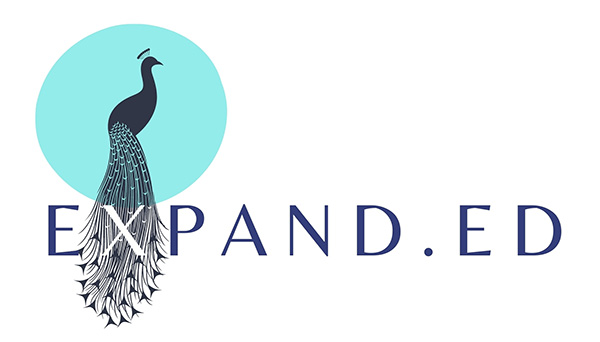This is the question so many leaders are asking, in one way or another, and for good reason. When teams work well together, so much becomes possible.
That said, there is no silver bullet. Along my journey of working with teams and organisations over many years, I’ve picked up some key learnings that you might find helpful as you navigate the territory:
#1 Build awareness around team phases
#2 Invest in team development
#3 Grow complexity fitness meta-skills
#1 Build awareness around team phases
Bruce Tuckman’s stages of team development model is well known and helps us understand that teams move through different phases when they work together. Teams start in ‘Forming’, of course, as they find their feet, before entering cycles of ‘Storming’ and ‘Norming’, as they get to know each other more, before fully stepping into ‘Performing’. Having a way to identify and understand causes for changes in team behavior can help the team maximize its process and productivity.

The visual model looks linear and of course it doesn’t run as smoothly as that. Teams can have footholds in different phases at the same time. If someone new joins the team, there is a Re-Forming that happens. Teams can also get stuck in cycles of ‘Storming’ and ‘Norming’, for example, if the team doesn’t develop the skill to navigate conflict effectively in ‘Storming’.
It takes time and development to help teams navigate the natural phases of teaming.
The ‘High Performing’ that you’re aiming for will also be particular to your context, to your culture. It’s useful to help the team articulate their version of (high) ‘Performing’ that will help them deliver in that context.
#2 Invest in team development
Teams don’t inevitably become high performing. Investing intentionally in team development helps make this a reality.
Research into top performing teams in the US (Druskat & Goleman podcast EI and Beyond, 2021) shows that in addition to having shared goals and organisational commitment, top teams:
- Know each other (strengths, weaknesses and work interests).
- Value each person, each of whom has a sense of belonging.
- Have psychological safety, which reduces individual defences so that the focus is more on helping the team succeed.
- Have shared norms of how they want to behave with regards to individuals in the team, the team, and our stakeholders.
- Are emotionally intelligent, where the team can recognize, understand, and act on their own and other’s emotions in a constructive way. This includes being able to be honest, and giving and receiving constructive feedback, and so on.
One of the most powerful tools to kick off such team development is the Enneagram, now widely used in leadership development globally. It helps people get to know and value each other and the team, while building psychological safety and levelling the playing field.
#3 Grow complexity fitness meta-skills
You might be wondering what complexity fitness has to do with high performing teams. Well, from a purely physical perspective, human beings are highly complex, organised systems, made up of hundreds of billions of cells interacting with each other and the outside world. Add to this our mental, emotional, and spiritual dimensions, making us even more complex.
When things are complex, we can’t always figure them out by looking at the parts. Things are connected in ways we can’t fully understand.
Take it a step further and put a group of human beings together in a team, and we have another order of complexity.
The intelligent way of working with complex systems, as per Snowden’s Cynefin framework below is ‘probe – sense – respond’. This means probing or nudging people or teams towards the desired way of working and then sensing what is helping and responding with an amplification of what’s working and a diminishing of what’s not. So, a series of small nudges towards the desired shared high performing behaviours.

I love the Complexity Fitness beCOOL meta-skills that help us work better with complexity. We need to cultivate courage, openness, observation and lightness (COOL) to help us navigate complexity.

So, in summary, building high performing teams is complex and is reachable by tapping into the intelligence of team phases and complexity, combined with intentional team development that builds understanding, emotional intelligence and belonging.
If you’re keen to explore any of the above, please get in touch.

